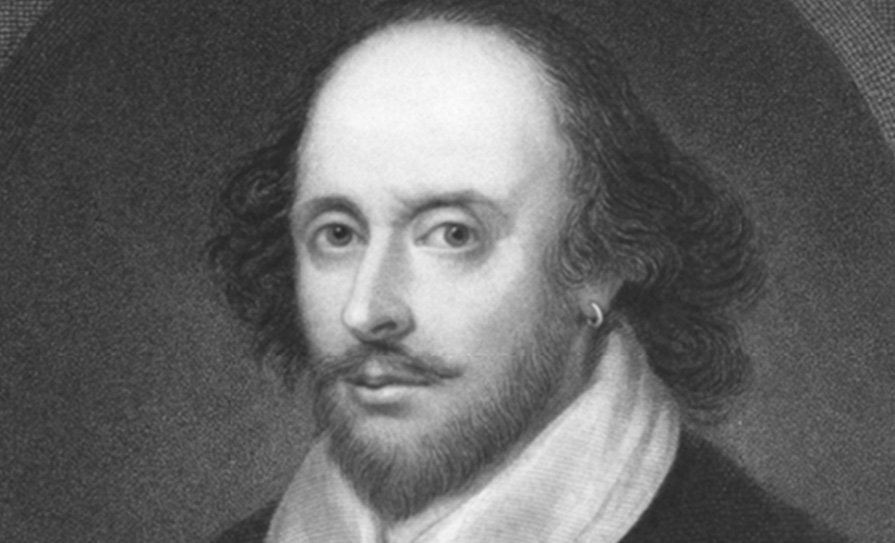As you will have noticed in any supermarket you’ve visited in the past month, Valentine’s Day is almost upon us. The occasion has become a type of ‘Marmite’ for many, in that you either love it or hate it, but nevertheless, it looms. But who was St Valentine and how did he get roped into being the representative of starstruck lovers?
The man himself is something of an enigma; in fact, historians contend that there was more than one St Valentine, as multiple notable people appear in history named Valentine or Valentinus. For these purposes, our St Valentine was probably one of those beheaded on 14 February 270AD for the crime of ‘performing miracles’. However, there have been other contenders, such as a Valentine that faced the same fate at the hands of the Romans, despite healing his jailer Asterius’s daughter Julia from blindness. Legend has it that Valentine wrote a letter to Julia which was signed, ‘from your Valentine,’ although this is most difficult to confirm.
Whether the St Valentine we know was one person, or is a construct of a few faithful Christian disciples, is foggy. Valentinus was a popular name for around 600 years, as it means ‘powerful’, ‘strong’ or ‘worthy’. But whoever he was, he has since been ‘adopted’ by a number of causes and professions due to perceived divine interventions through prayer. This has led to St Valentine being installed as the patron saint of not only epilepsy, but also of the plague, travelling, fainting, and beekeeping. He is, of course, also touted as the patron saint of engagement and happy marriage, which is no doubt what the early marketing people latched onto.
So how did St Valentine’s Day become so commercialised? Historians point to the publication of a poem by medieval scribe Geoffrey Chaucer in 1375, titled Parliament of Foules, for helping make the date significant. Chaucer writes about 14 February as a day when humans and animals alike strive to find a mate: “For this was sent on Seynt Valentyne’s day, Whan every foul cometh ther to choose his mate.”
The poem grew in popularity and this is thought to be the origin of picking the date that we recognise today. But that’s just one theory.
Another theory has its roots in ancient Rome and a hedonistic pagan holiday called Lupercalia. The Roman Catholic Pope at that time, Pope Gelasius, was not a fan of the holiday. It was decided to outlaw this festival and instead dedicate 14 February to mark the anniversary of the death of St Valentine.
By the time the 1400s came around, people were receiving poems from secret admirers on the 14th, which are thought to be the precursors of today’s Valentine cards. Fast-forward to the 1940s, when Esther Howard in the US got possession of an imported Valentine’s card. She improved on its design using wafer paper, cupid figures, and lace, tapping-in to the tactile nature of many of her potential customers. This led to the first mass production of the Valentine’s cards we know today.
As for the Saint himself, his remains are believed to be buried in Whitefriar Street Church in Dublin, a gift to Irish priest Fr John Spratt from Pope Gregory. The Pope was so impressed by the Irishman’s public speaking in Rome in the 1800s that he donated the Saint’s remains, which also include a small phial of his blood and his heart in a small casket contained in his statue in the church. However, pieces of St Valentine’s remains are also purported to be in Scotland, France, England, and the Czech Republic. If you want to see his skull (allegedly), it’s in the Basilica of Santa Maria in Rome.
If you hate the holiday, then may it brush by you gently. If you enjoy it, I’m sure St Valentine would wish all the devotees of ‘engagement and happy marriage’ a lovely evening.













Leave a Reply
You must be logged in to post a comment.